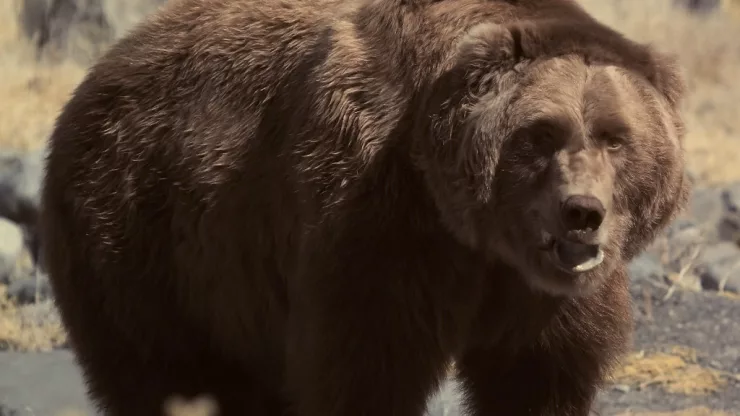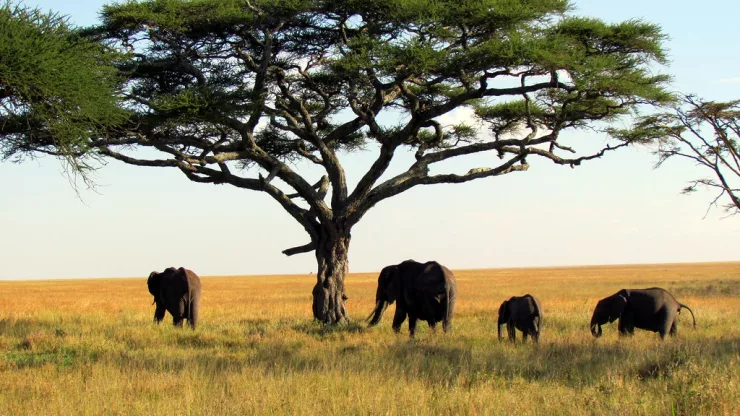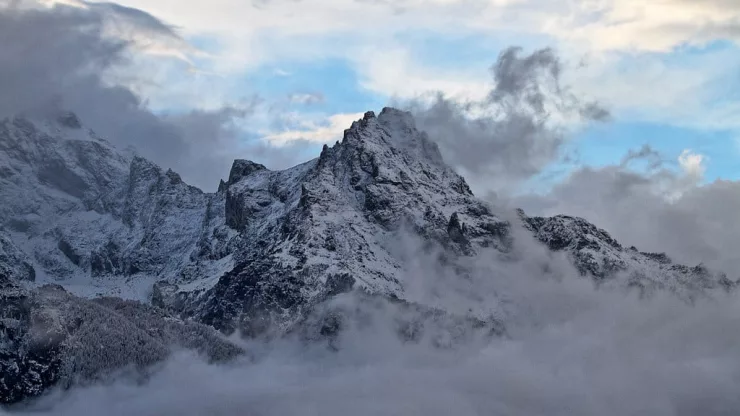Jump to Section
Discover the Enchanting Wildlife of Tsavo National Park
Nestled in the heart of Kenya, Tsavo National Park is a wildlife enthusiast’s dream come true.
Covering an area of over 22,000 square kilometers, Tsavo is home to a diverse array of flora and fauna.
The park is split into two sections, Tsavo East and Tsavo West, each with its own unique charm.
From majestic elephants to ferocious lions, Tsavo offers an unforgettable safari experience that is sure to leave visitors in awe.
Majestic Elephants, Ferocious Lions, and More!
Tsavo National Park is renowned for its incredible wildlife.
The park is home to the “red elephants” of Tsavo, a unique subspecies of elephant known for their reddish-brown color.
These majestic creatures are a sight to behold as they roam the park in search of food and water.
In addition to elephants, Tsavo is also home to a wide variety of big cats, including lions, leopards, and cheetahs.
Visitors can witness these ferocious predators in action as they hunt for their next meal.
But the wildlife doesn’t stop there.
Tsavo is also home to a diverse array of bird species, making it a birdwatcher’s paradise.
With over 500 species of birds, visitors can spot everything from the iconic Secretary Bird to the colorful Lilac-breasted Roller.
And let’s not forget about the other mammals that call Tsavo home, such as buffalo, zebras, and giraffes.
The Unforgettable Safari Experience of a Lifetime
A visit to Tsavo National Park is an unforgettable experience. Visitors can embark on a safari adventure and witness the park’s incredible wildlife up close.
Whether it’s a sunrise game drive or a nighttime safari, there’s no shortage of opportunities to see Tsavo’s amazing animals in action.
And for those who want an even more immersive experience, there are camping options available within the park.
Imagine falling asleep to the sounds of lions roaring in the distance!
Conservation Efforts to Protect Tsavo’s Treasures
Tsavo National Park is a precious gem that must be protected. The park faces numerous threats, including poaching and habitat destruction.
However, there are ongoing efforts to conserve the park’s unique ecosystem.
The Kenya Wildlife Service, in partnership with various conservation organizations, is working tirelessly to protect Tsavo’s treasures.
This includes anti-poaching patrols, habitat restoration, and education programs for local communities. With these efforts, we can ensure that Tsavo continues to thrive for generations to come.
Conclusion
Tsavo National Park is a true gem of Kenya, offering a unique and unforgettable safari experience.
From the majestic elephants to the ferocious lions, Tsavo’s wildlife is sure to leave visitors in awe.
And with ongoing conservation efforts, we can ensure that this precious ecosystem continues to thrive.
A visit to Tsavo National Park is a must for anyone who wants to experience the beauty of Kenya’s wildlife up close.
FAQ
What is the best time to visit Tsavo National Park?
The best time to visit Tsavo National Park is during the dry season, which runs from June to October.
During this time, the animals are more easily visible as they congregate around watering holes.
Are there any accommodations within Tsavo National Park?
Yes, there are several accommodations within the park, including lodges and campsites.
However, it is recommended to book in advance as they can fill up quickly, especially during peak season.
Is it safe to visit Tsavo National Park?
Yes, it is safe to visit Tsavo National Park.
However, it is important to follow the park’s rules and guidelines, such as not leaving your vehicle during a safari and not feeding the animals.
Can I go on a guided safari in Tsavo National Park?
Yes, guided safaris are available in Tsavo National Park. Visitors can book a safari with a local tour operator or through their accommodations within the park.
I’m a nature enthusiast and creator of Metro Wilds and have spent years exploring the great outdoors.
With a passion for environmental conservation and sustainability, I have dedicated my career to writing about the beauty and wonders of nature, as well as the threats facing our planet.
Contact me at [email protected] for assistance.





